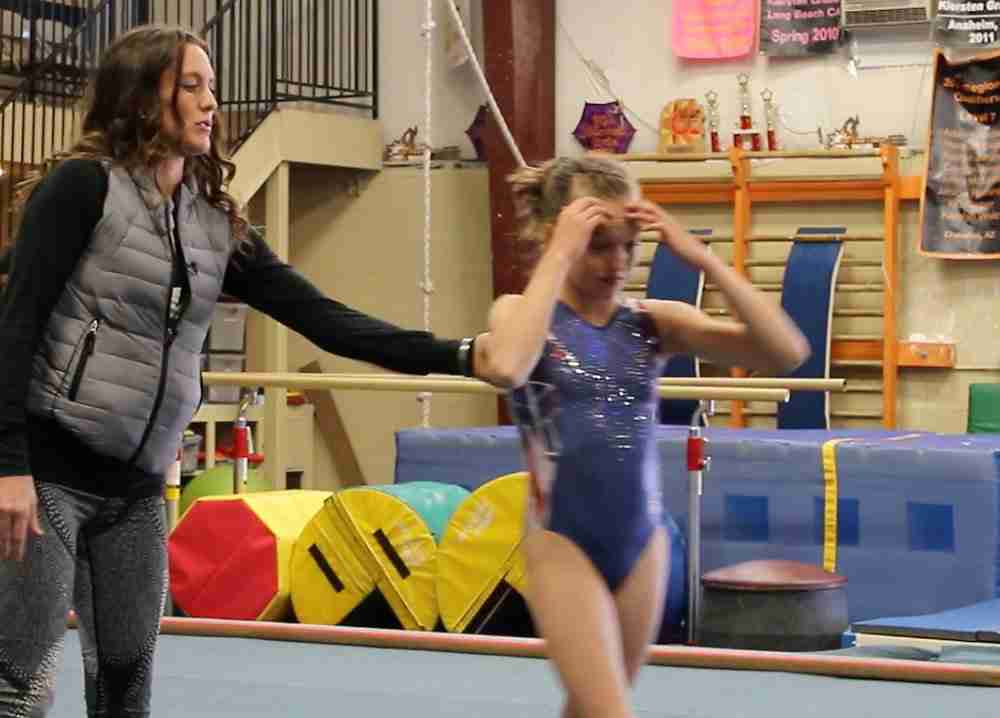
Last time I shared a section from my book Still Quiet Place for Athletes: Mindfulness Skills for Achieving Peak Performance and Finding Flow in Sports and in Life. The section was titled “It’s OK to Feel Anxious” As promised in this post I am sharing a practice for befriending feelings, particularly intense feelings. Everyone– athletes, coaches, and parents– can benefit from this practice.
Befriending Feelings
This practice involves bringing kind and curious attention to your feelings, or emotions. As usual, sit or lie in a comfortable position…find the breath in your belly…and rest in stillness and quietness…. When you are ready, simply note whatever feelings are present. Sometimes it can be helpful to name the feeling or feelings. Some feelings may have ordinary names, like angry, happy, sad, or excited, and others may have more unusual names, like stormy, bubbly, fiery, or empty. It can be helpful to remember that feelings may be small and subtle, and kind of shy, or big and intense, that feelings may shift over time, and that there may be layers of feelings.
Once you’ve brought your kind and curious attention to a particular feeling, and you’ve named it, notice where the feeling lives in your body: sitting in your chest, moving in your belly, thrumming in your head…. Also notice how the emotion feels in your body. Does it feel small? Heavy? Hard? Warm? Jagged? Light? Soft? Smooth? Big? Cool? Is it moving or still?…
If any of these questions shifts you into thinking about the feeling rather than experiencing it, just breathe and return to being with the feeling.
Now, notice whether the feeling has a color, or colors, or imagine that it does—perhaps dark red, pale blue, or bright green…. And if it doesn’t have a color, that is fine.
And listen to see whether the feeling has a sound, such as giggling, groaning, weeping, or whining…. And if there’s no sound, no worries.
To end the practice, notice how you feel now, and congratulate yourself for taking the time to be with, and befriend, your feelings. Then, return your attention to the breath and rest in stillness and quietness for a bit longer.
Remember, you can rest in stillness and befriend your feelings whenever you want.
When you are ready, take three slow deep breaths in your own time…. Open your eyes and move into your next moment.
You can find an audio version of this practice on Spotify or iTunes
Having Your Feelings Without Your Feelings Having You.
You just practiced befriending your feelings. There is real power in learning to have your feel- ings without your feelings having you. “In my view,” writes Phil Jackson, champion NBA player and coach, “the key to becoming a successful NBA player is not learning the coolest highlight-reel moves. It’s learning to control your emotions and keep your mind focused on the game…how to stay cool under pressure and maintain your equanimity after crushing losses or ecstatic wins” (2014, 281)
Can you think of a time in the recent past where your feelings had you? Describe the situation, how you felt, and what happened.
Looking back now, how might befriending your feelings have helped you in this situation?


